If you decide to bring home a puppy, whether it’s a purebred or a neighborhood mutt, the first thing you’ll observe is its fur. This includes the type, color, and pattern. Keep in mind that the puppy’s coat might change as it grows older. Thus it’s helpful to be aware of what to expect as your dog matures. That is why we bring you the Tips for Grooming Different Types of Dog Coats. We also talked about Smooth Coated Dogs and Double Coated Dogs. As well as Wire coated Dogs and Curly coated dogs.
Different fur types need different levels of care and brushes. Besides the five main types of coats, there’s a mixed type where the dog’s hair can be long, feathered, or short in certain areas. Some breeds, like Brittany dogs and mixed breeds, may have mixed coats, but you can use the advice below even for varied coats. Here are some tips for brushing and taking care of the five most common coat types.
See also: 15 Fun and Cool Tricks to Teach your Dog
Smooth Coated Dogs
Smooth coats need less grooming, but you still can’t ignore your dog’s fur. Dogs with short hair close to their bodies, like dachshunds, need regular brushing and baths, though not as often as some other furry friends. Here’s how to take care of a smooth coat:
- Gently brush against the direction of hair growth using a bristle brush. A fine-toothed comb or hound glove can help remove dander and keep the fur shiny.
- Brush again in the direction of hair growth.
- When bathing, use both shampoo and conditioner to maintain a shiny coat. If your smooth-coated dog sheds a lot, a de-shedding shampoo can help.
- Towel-dry your dog and let the fur air-dry completely.
See also: 10 Typical Dog Behavior Challenges and Solution
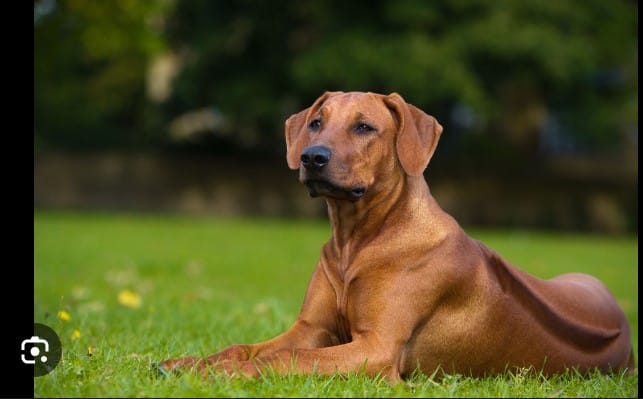
Double Coated Dogs
Dogs like Newfoundlands, Siberian Huskies, and Corgis have a soft undercoat and a tougher topcoat, which makes up their double coat. This combo helps keep them warm and protected from water and dirt. Because of this double coat, whether it’s short or long, these dogs need a bit more grooming than others. Here’s how to take care of a dog with a double coat:
- For short-haired double-coated dogs, use a slicker or pin brush to start with the undercoat.
- For long-haired dogs, take your time brushing out sections, and consider using an undercoat rake for any tangles.
- Begin by brushing outward from the skin, following the fur’s direction on the topcoat to loosen any stray hairs.
- Use a wide-toothed comb on the undercoat, dealing with any knots using a detangler.
- Finish by brushing the topcoat.
- When bathing, use both shampoo and conditioner. Keep raeding for more Tips for Grooming Different Types of Dog Coats.
See also: Best Sunscreens for your Dog this Summer!
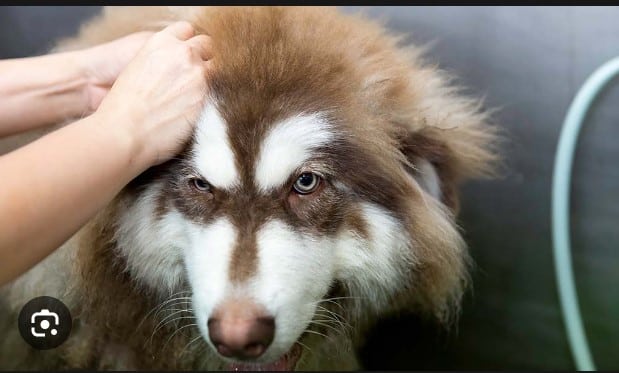
Long Coated Dogs
Dogs with longer fur, like Irish Setters, need to be combed or brushed almost every day, especially when they’re shedding. Here are some tips on how to take care of a long coat, whether it’s coarse or silky:
- For long, coarse coats with a soft undercoat, use a pin brush and a smooth bristle brush for brushing.
- Silky-haired dogs, like Malteses, spaniels, and Afghan hounds, don’t have an undercoat, but their fine hair can still get tangled.
- When bathing a dog with a long, coarse, or silky coat, use a detangling shampoo to avoid any discomfort.
- During the bath, use conditioner to make your dog’s fur strong and shiny.
- If possible, use a dog hair dryer to dry the fur after the bath.
- Brush the coat again to make sure it’s free of tangles and mats.
See also: How To Use A Dog Bath Brush
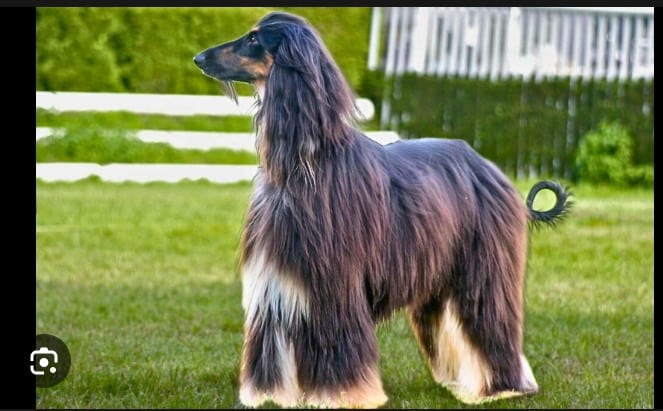
Wire Coated Dogs
Many terriers and Irish wolfhounds have wiry coats that can easily get tangled. These wire coats, also called broken coats, need regular grooming with a slicker brush. For dogs with thicker undercoats, you might occasionally use a stripping comb to help stimulate the growth of a new coat. Here are more tips for grooming a dog with a wire coat:
- Use a stripping comb to lightly thin the fur along the dog’s back.
- If there are mats, use a detangler to get them out.
- After thinning, use a slicker brush to brush the fur out from the skin.
- Grooming a dog with a wiry coat can be challenging, so you might want to consider professional grooming for the best results.
See also: 10 Ideas to make your Dog’s Birthday Memorable
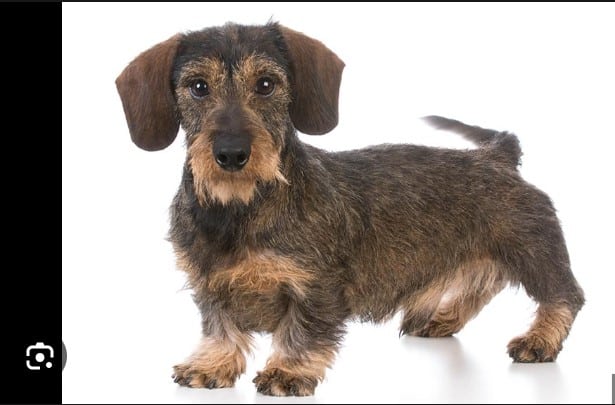
Curly Coated Dogs
Dogs with curly coats, like poodles or bichon frises, have thick, soft curls close to their bodies. It’s important to keep these curls trimmed because they grow quickly and can get tangled. Here’s how to take care of a curly coat:
- When brushing, use a soft, curved slicker brush against the direction of the fur to make the coat fluffy.
- Use shampoo and conditioner specially made for curly coats during baths. Rinse thoroughly to avoid weighing down the fur.
- After a bath, first towel-dry the fur and then use a blow dryer.
- Brush the coat from the skin out after the bath.
See also: Senior Dog Supplements
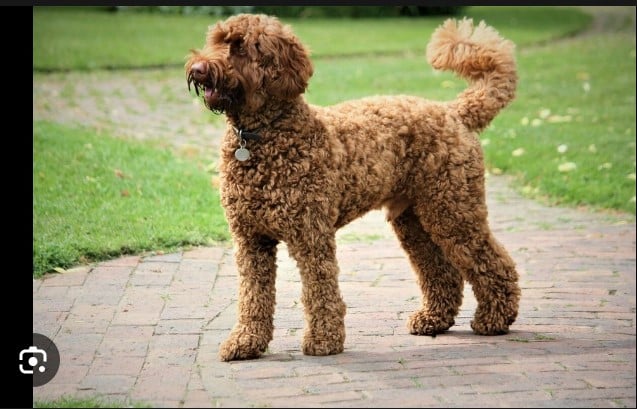
Conclusion
In conclusion, grooming your dog is an essential aspect of responsible pet care, and understanding the specific needs of different coat types can make this task more effective and enjoyable for both you and your furry friend. Whether you have a short-haired, long-haired, curly, smooth, or wire-coated dog, the key lies in using the right tools, techniques, and products. Regular grooming not only helps maintain the health and appearance of your dog’s coat but also fosters a strong bond between you and your canine companion. We have talked about the Tips for Grooming Different Types of Dog Coats. Let us know what you think in the comments.
